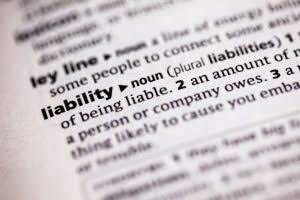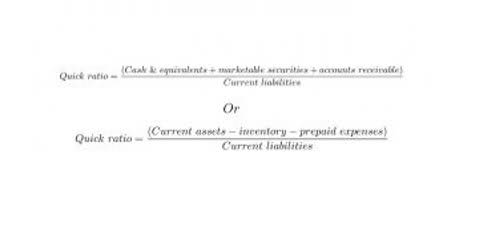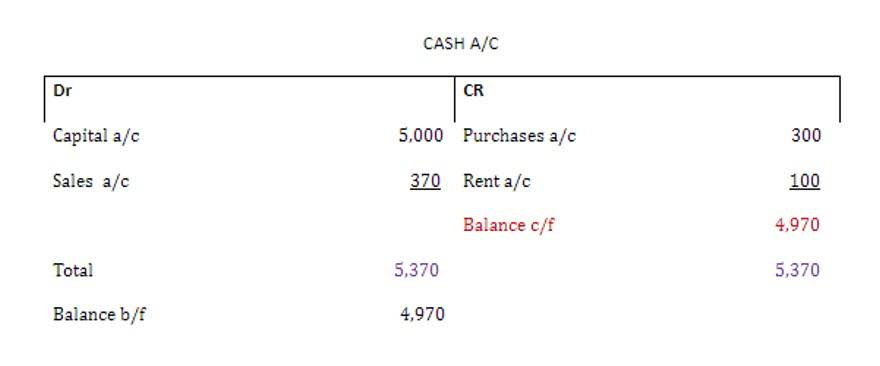
QuickBooks Plus is the most popular plan for businesses since it includes features such as inventory tracking, project management and tax support. Midsized businesses with several customers or clients might intuit payment network fees benefit from the ability to track profitability with QuickBooks Plus. Because the Plus plan enables users to view and track projects, including project expenses and labor costs, users can accurately track a project’s profitability and generate relevant reports on project progress. QuickBooks is the #1 accounting for small businesses.4 It offers the most comprehensive feature set that enables small business owners to manage more of their business. From automating accounting work and preparing for tax time, proactively manage cash flow, QuickBooks can do it all. Larger businesses with substantial accounting teams may want to consider the QuickBooks Advanced plan.
However, so if you work with a professional accountant, they will likely have an in-depth understanding of the platform and can guide you through its functions. You can request a callback anytime when you need a little extra help. Use the apps you know and love to keep your business running smoothly. Topical articles and news from top pros what are examples of cost of goods sold and Intuit product experts. To learn more about what is included in each version of QuickBooks, keep reading or explore QuickBooks Online subscription levels.
QuickBooks Online Pricing And Plans (2024 Guide)
Make sure you are on the right QuickBooks plan, nonprofit kit for dummies cheat sheet so you aren’t paying for features you don’t need. For example, if you bought the QuickBooks Plus plan because you thought you’d be using the Project Management feature and you haven’t used it in over a year, consider downgrading to the Essentials plan. This service gives you access to a QuickBooks debit card, cash flow forecasting, and QuickBooks Envelopes, which is a place to set aside savings. Learn more about the details of each additional QuickBooks fee below.

Take the manual labor out of bookkeeping with synced accounts and user friendly views. Yes, you can move data to QuickBooks Online from Sage 50 (US edition). Additional software transition capabilities will be added soon. Our Dataswitcher service is here to help you every step of the way. Protect sensitive data with user-level access to specific features and share reports with up to 5 log-ins.
QuickBooks Online vs. Enterprise: 2024 comparison guide
Automatically sort business expenses into the right tax categories to keep more of what you earn at tax time. Live bookkeepers aren’t responsible for errors resulting from incorrect information that you provide, or if you re-open the books by overriding closure after a Live bookkeeper completes the month-end closure. If you invoke the guarantee, QuickBooks will conduct a full n evaluation of the Live bookkeeper’s work. Banking services provided by our partner, Green Dot Bank, Member FDIC. QuickBooks Online Essentials has all of the features included in Simple Start, with extra functionality for businesses with more needs. QuickBooks also offers a 30% discount on its Essentials, Plus, and Advanced plans for your first year.
Show detailed sales, accounts receivable, and accounts payable reports to make better decisions. Small business owners get more deductions with AI-powered expense tracking and receipt matching. Automatically sort transactions from connected accounts into tax categories for easy organization.
- QuickBooks offers a range of additional products and services that can simplify running your business.
- Note, each QuickBooks Live offering requires an active QuickBooks Online subscription and additional terms, conditions, limitations and fees apply.
- In addition, more than 750 third-party apps can be connected to make QuickBooks Online even more powerful, some of which you may already be using in your business.
- QuickBooks Online is best suited for smaller companies looking for cloud accessibility and ease of use.
- That’s why we keep our programs as user friendly as possible.
Join over 7 million customers globally.
At the end of the day, the cost of QuickBooks Online depends on your business’s needs, and the cost of QuickBooks doesn’t stop at just $35/month for most businesses. Intuit typically offers deals where new users can get a discount on QuickBooks Payroll by bundling it with a QuickBooks Online subscription. Depending on which product you choose, you will have to make weekly payments plus APR or other fees. Join the thousands of people like you already growing their businesses and knowledge with our team of experts. We deliver timely updates, interesting insights, and exclusive promos to your inbox. Protect sensitive data with user-level access to specific features and share reports with up to 3 log-ins.
If you are a sole proprietor who uses Schedule C (form 1040), QuickBooks Solopreneur is designed for businesses like yours. Ultimately, choosing the right QuickBooks version for your business strengthens your financial management processes and sharpens your performance. Its two-way, real-time sync with every QuickBooks version tackles the jobs humans can do, but don’t want to. Another difference between QuickBooks Enterprise vs. Online is their pricing plans.
If your small business needs a payroll solution, be sure to add this cost to the regular QuickBooks Online monthly fee. Read our complete QuickBooks Online Payroll review for the details, and be sure to visit the QBO website to see if Intuit is running a QuickBooks payroll discount before buying. The QuickBooks Online Essentials plan costs $65/month and includes three users and more features. On average, small business owners spend less than 30 minutes getting started in QuickBooks2. QuickBooks also offers unlimited support and access to free training, tutorials, and webinars. FreshBooks is great for self-employed individuals, sole proprietors and independent contractors.
Merchant Maverick’s ratings are editorial in nature, and are not aggregated from user reviews. Each staff reviewer at Merchant Maverick is a subject matter expert with experience researching, testing, and evaluating small business software and services. The rating of this company or service is based on the author’s expert opinion and analysis of the product, and assessed and seconded by another subject matter expert on staff before publication. Merchant Maverick’s ratings are not influenced by affiliate partnerships. Between the QuickBooks Online monthly fee and add-on costs, the monthly pricing of QuickBooks Online can add up quickly. Here are our top tips for how to save money on QuickBooks Online.



















